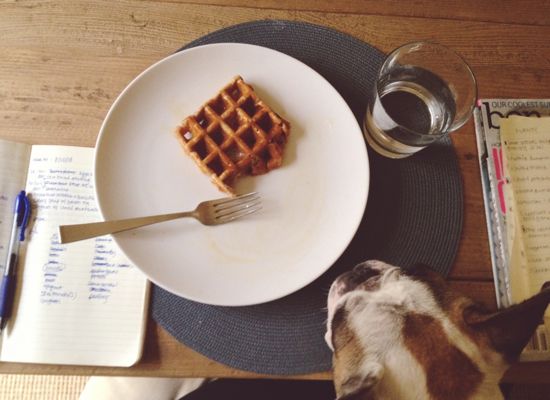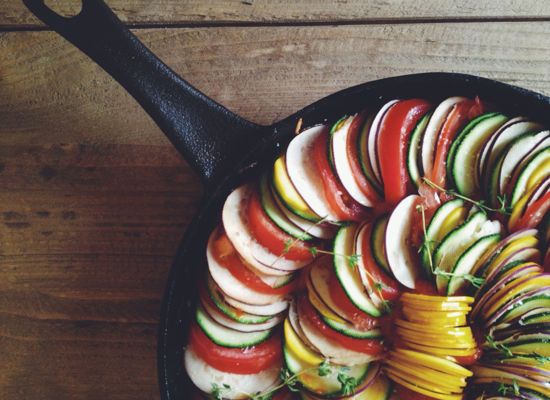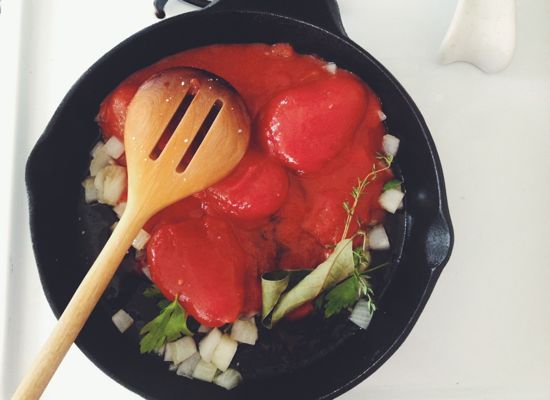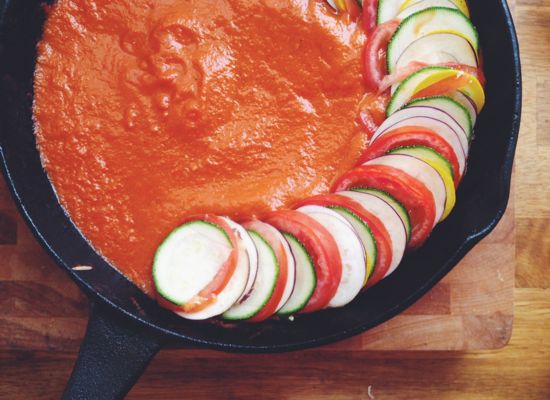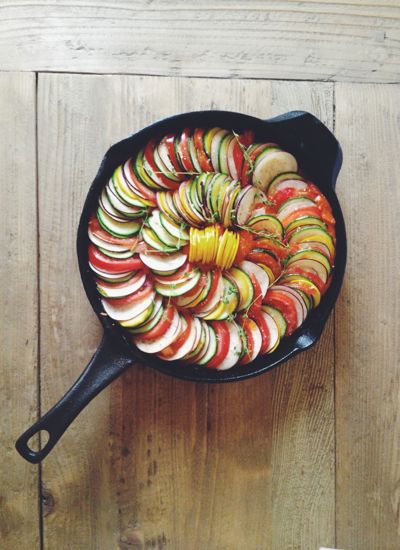Melissa is having a baby this month, and when Erin emailed asking if I wanted to participate in a virtual baby shower, I didn't have to think twice. You see, the amazing thing about our community is if we all by some great miracle were fortunate enough to live in the same place, I'm certain we would be spending quality time together as often as possible.
Our virtual friendships are bonded by a love for food, and the unique perspectives we each bring to the table. It would be better if we could spend that time together, but maybe that's also what makes this space unique. What does it say when we'll go to bat for each other, or participate in birthday celebrations or baby showers, or stand up for something, sight unseen? Perhaps that's the mark of an even stronger friendship, because we only know the truth on the screen, and that's enough for us. We may not have grown up together or navigated junior high together, but we know these people mean something to us, regardless of what led us to meet.
Melissa is definitely one of those people. She's incredibly talented in the kitchen and with her graphic design business. She appreciates a gray Sunday morning, doesn't have it all figured out yet, and stands by her man when his career asks her to move across state lines (again and again). I know all of this because of her blog, not because of a lifelong friendship we've forged. I also know how excited she is to bring her baby into the world, and that after a stressful move, she's feeling settled down and has a place to call home. If I lived in Connecticut, I'd make cupcakes with little flags on them and bring them to the party, but from the view in California, waffles are the next best thing.
Erin also asked us to share a kitchen tip--one of Melissa's favorite things--and as I thought about one to include, something a little less tangible came to mind. When I stood in the kitchen, pulling out ingredients to pour into my bowl, without much hesitation I swapped vanilla extract for almond, milk for buttermilk, and coconut oil for butter. I used my intuition, and trusted all I've learned over the last 10 years in the kitchen.
Cooking never stops teaching us things, but after a while, if you do it often enough, its lessons will seep into your soul and you'll forge a trusting bond with the ingredients and the tools, and you'll be able to improvise and create on your own in a way you never could have imagined when you first started cooking. So my tip is simple: trust your gut. (And eat waffles.) (And wish Melissa well on this new adventure!)
from To a Little Invisible Being Who is Expected to Soon Become Visible
Germ of new life, whose powers expanding slow
For many a moon their full perfection wait,—
Haste, precious pledge of happy love, to go
Auspicious borne through life's mysterious gate.
Almond-Chia Seed Waffles
Adapted from The Faux Martha
1 1/2 cups whole wheat flour
2 teaspoons baking powder
1/2 teaspoon sea salt
2 tablespoons sugar
1/3 cup coconut oil
1 1/2 cups buttermilk
1 large egg
1 1/2 teaspoons almond extract
2 tablespoons chia seeds
Butter and maple syrup, for serving
Whisk together the flour, baking powder, salt, and sugar in a large bowl. In another bowl, whisk the coconut oil, buttermilk, egg, and almond extract. Pour the wet ingredients into the dry, and whisk until no traces of flour are left. Stir in the chia seeds
Preheat your waffle iron to your favorite setting, and cook according to your machine's instructions. Serve with butter and maple syrup.
Makes 6-8 waffles
Can't get enough waffles? Check out the other great posts from the folks who participated in this virtual baby shower!
Whole Wheat Chive Waffle with Poached Egg from Sonja and Alex of A Couple Cooks
Almond Chia Seed Waffles from Nicole of Eat this Poem
Banana Nut Waffles from Kathryne of Cookie and Kate
Whole Wheat Chocolate Chip Waffles from Alison of This Homemade Life
Yeasted Waffles with Berries and Cocoa Sugar from Kasey of Turntable Kitchen
Vanilla Vegan/Gluten Free Waffle Ice Cream Sammies from Laura of The First Mess
Monte Cristo Waffle Sandwich from Heidi of Foodie Crush
Whole Grain Vegan Flax Waffles from Jeanine of Love and Lemons
Waffles with fig compote and orange-honey crème fraîche from Sarah of The Vanilla Bean Blog




